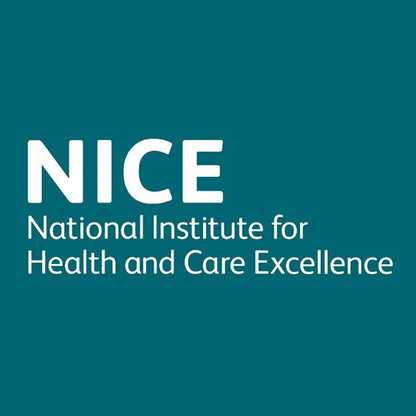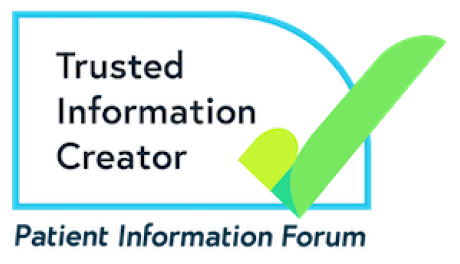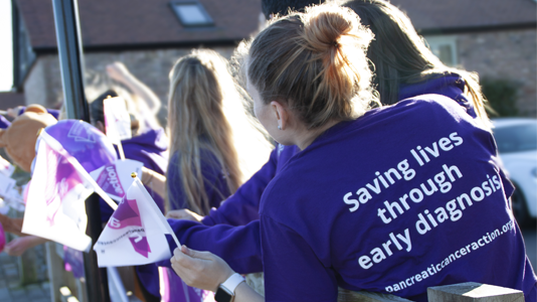Diabetes and pancreatic cancer
The link between diabetes and pancreatic cancer
Insulin resistance and raised blood sugar levels in type 2 diabetes cause inflammation which damages the pancreas.
In the long term, this may increase the risk of pancreatic cancer. The relationship between pancreatic cancer and diabetes is complex as type 2 acts as both a cause for and response to pancreatic cancer.
Updated NICE guidance
Research shows that up to 30% of pancreatic cancer patients develop new-onset diabetes, which can be detected in its presymptomatic phase, sometimes up to two years before a cancer diagnosis. Type 2 diabetes, particularly in those with low or decreasing BMI, can be an early sign of pancreatic cancer.
After years of campaigning, research funding, and lobbying efforts, Pancreatic Cancer Action successfully influenced a major update to NICE guidance that could save up to 3,000 lives annually.
The updated NICE Guidance (NG17) for managing diabetes in adults now includes advice to help spot pancreatic cancer. It states:

For individuals aged 60 and over presenting with weight loss and new-onset diabetes, healthcare professionals should follow recommendations from the NICE guideline on suspected cancer, specifically related to assessing for pancreatic cancer.
NICE guidelines, updated 2022.
This means patients over 60 with these symptoms should get an urgent CT scan within two weeks, or an ultrasound if a CT is unavailable, to check for pancreatic cancer.
Frequently asked questions about diabetes
-
- Urinating more often than usual, particularly at night- Feeling very thirsty
- Feeling very tired/fatigue
- Unexplained weight loss
- Itching around the penis or vagina
- Slow wound healing
- Blurred vision
- Increased hunger
-
Gestational diabetes occurs within pregnancy when the body cannot meet the insulin needs of both the baby and the mother and disappears following the birth of the baby.
Not all expectant mothers will experience this, but it affects 4-5 out of 100 women during pregnancy.
-
Type 1 is usually diagnosed in children and young adults, but it can develop at any age.
Although certain genes can play a role in type 1 diabetes, they are not the only factors involved. It is an autoimmune condition, where the body’s immune system mistakenly attacks insulin-producing cells, meaning that not enough insulin is produced.
Those with type 1 diabetes are insulin-dependent.
-
Type 2 is the most common type of diabetes.
It may develop slowly, usually over the age of 40. The pancreas no longer produces enough insulin or has become resilient to insulin.
This type of diabetes is caused by behaviour and lifestyle choices e.g. lack of exercise, unhealthy diet.
-
Type 3c diabetes, which often arises after part or all of the pancreas is removed due to conditions like pancreatic cancer, cystic fibrosis, or pancreatitis, remains relatively unknown despite making up about 8% of all diabetes cases.
Many patients with type 3c diabetes also experience pancreatic exocrine insufficiency, requiring enzyme therapy to aid digestion. Managing this type of diabetes can be difficult due to limited information on whether to follow type 1 or type 2 guidelines, leaving many patients, like Pancreatic Cancer Action founder Ali Stunt, reliant on trial and error in treatment.
Ali, a pancreatic cancer survivor, initially believed she had type 2 diabetes until learning she actually had type 3c. Since then, she has faced challenges managing her blood glucose levels despite a strict diet and insulin therapy. Her experience highlights the lack of awareness and support available for those with type 3c diabetes, despite its clear link to pancreatic conditions.
What is Pancreatic cancer and how is it diagnosed?
This booklet for patients and carers describes pancreatic cancer, its causes and symptoms. It gives detailed information on the diagnostic tests used and the stages of pancreatic cancer. It includes a section on what to ask your doctor, where to go for further information and a glossary to explain many of the terms used.
Read more
The information provided in this site, or through links to other websites, is not a substitute for medical or professional care and should not be relied upon as such. Read our disclaimer.
Sources and references for this information product will be supplied on request. Please contact us quoting the Information Product number below:

- Information Product No: TBC
- Published: 7 Sep 2022
- Last updated: 26 Sep 2022
- Next Review Due: 26 Sep 2025
